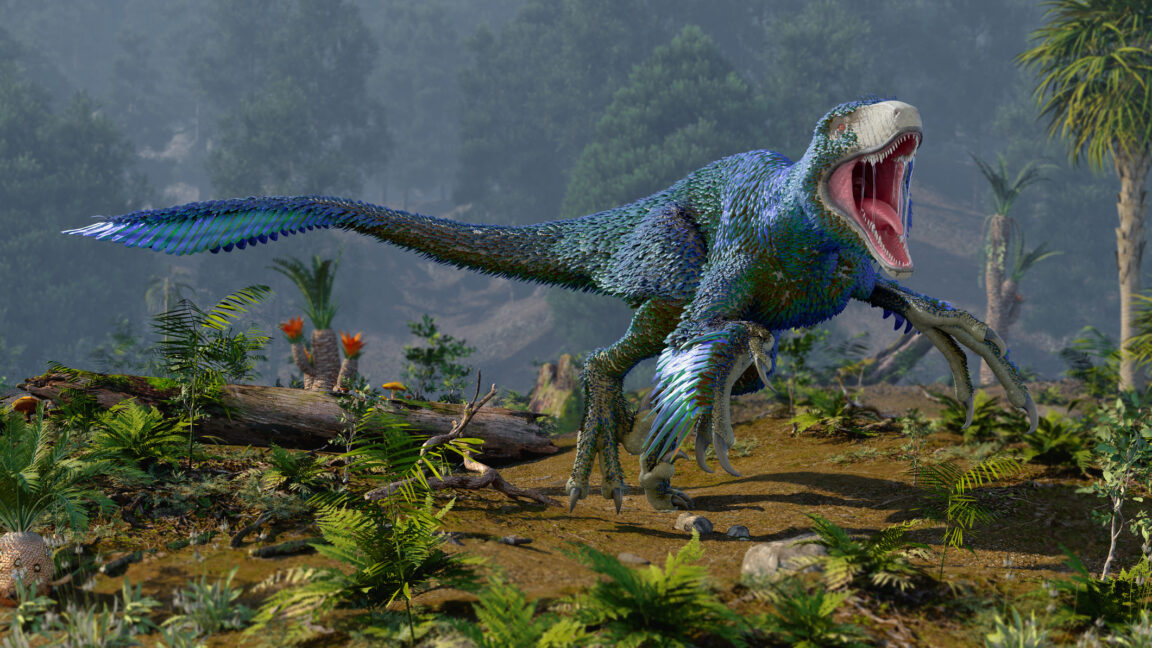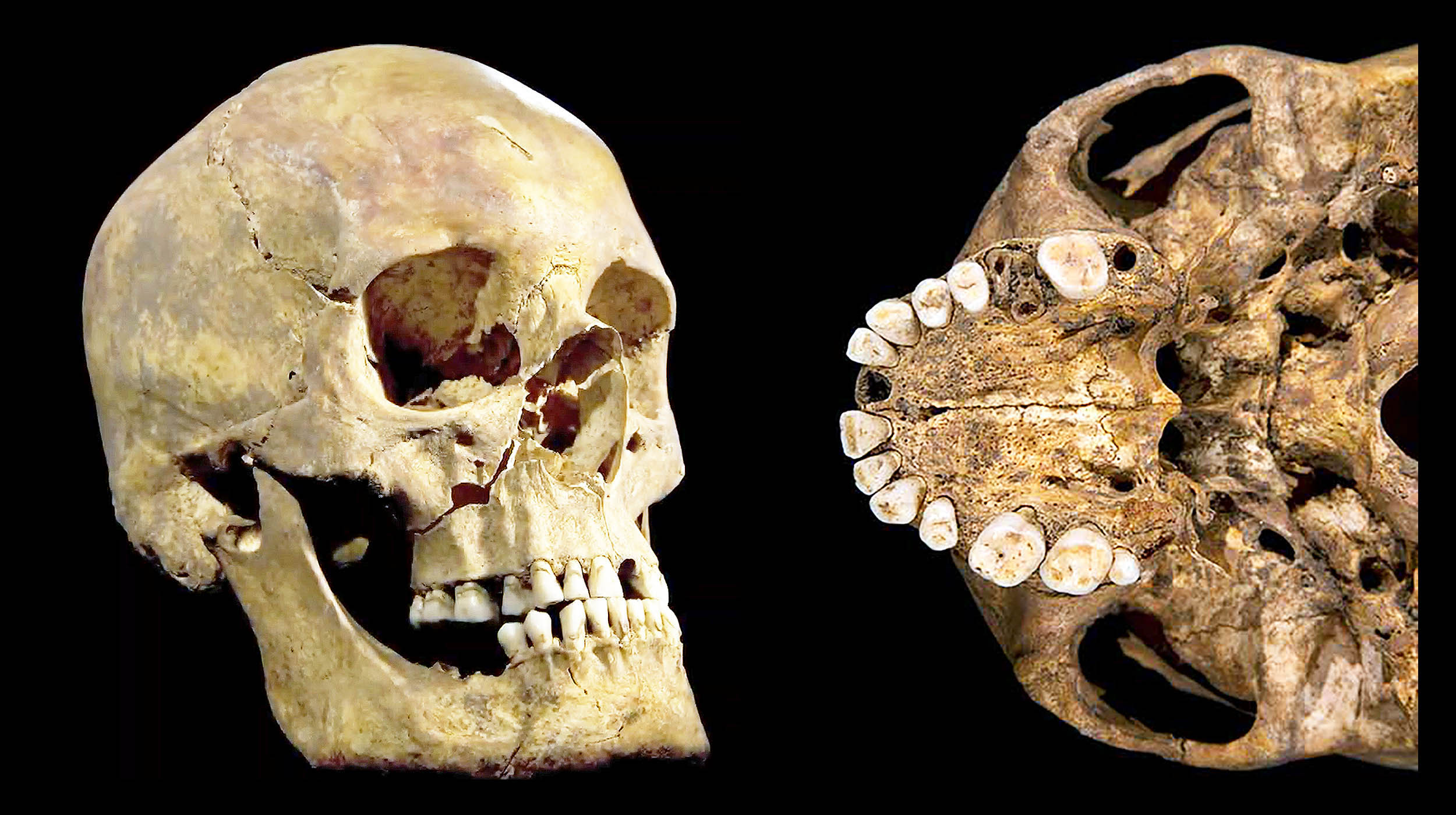Imagine a snake so large it could span the length of a city bus. This isn’t a creature from a horror film, but a real animal that once dominated the Earth. The Titanoboa, a massive serpent that lived around 58 to 60 million years ago, was the largest snake to ever exist. Stretching up to 45 feet (13.72 m) and weighing around 2,500 pounds (1.13 ton), Titanoboa was a truly awe-inspiring apex predator. While its existence might sound like something out of a science fiction novel, the fossil evidence makes it clear: this was an animal that roamed the tropical rainforests of what is now Colombia, in the aftermath of the asteroid that wiped out the dinosaurs.
Where Was Titanoboa Discovered?
The first clues about Titanoboa’s existence came in 2009, when scientists uncovered fossils deep within a coal mine in Colombia. According to the study published in the journal Nature, these fossils revealed a species so enormous that it seemed to defy the scale of life as we know it.
Found in the same region where the asteroid’s aftermath created an entirely new world, Titanoboa lived during the Paleocene Epoch, a time when the climate was dramatically warmer than today. This warm environment allowed giant species to thrive in the thick humidity of the newly formed tropical ecosystems.
But it’s not just the fossil remains that tell the story of Titanoboa. Scientists, such as Carlos Jaramillo from the Smithsonian Tropical Research Institute, have built life-size models of the snake, which offer a tangible sense of its overwhelming size. Standing next to these models, you get a visceral understanding of what it might have been like to encounter such an imposing creature.


The Impressive Size of Titanoboa
Titanoboa’s sheer size sets it apart from anything we know today. Measuring an average of 45 feet in length, it was roughly one-third larger than the green anaconda, which holds the title of the largest living snake today. But what really sets Titanoboa apart is not just its length, but its weight—estimated at a staggering 2,500 pounds. To put that in perspective, this snake would have weighed more than a small car.
What’s remarkable about Titanoboa’s size is that it wasn’t just a freak of nature. According to Jaramillo, the snake’s immense proportions fit perfectly with the environmental conditions of its time. The hot, humid climate and abundant resources of the tropical rainforests would have supported the growth of such massive animals, in much the same way that large species like today’s anacondas thrive in similar environments.


The Prehistoric World Titanoboa Dominated
Titanoboa didn’t rule alone. Alongside this giant snake were other oversized species, like 13-foot crocodiles and 8-foot turtles—all living in an ecosystem dramatically different from the one we know today. The Paleocene was a time of transition, just after the dinosaur extinction, when mammals were still small and barely had a chance to diversify. While they scrambled to survive, Titanoboa and its peers filled the gaps left by the dinosaurs’ disappearance.


Being so massive, Titanoboa likely occupied the ground rather than the trees, living near water and ambushing its prey. It wasn’t an active hunter like a predator of today; instead, it relied on stealth, waiting for a moment to strike. Fossil evidence even suggests that some of its prey, such as turtles, may have survived attacks—further proof of the incredible strength and reach of Titanoboa’s hunting abilities.
Why Did Titanoboa Go Extinct?
Titanoboa’s extinction remains something of a mystery. We don’t know exactly when or why it disappeared, but it’s likely that changing climate conditions played a significant role. As the planet cooled, species like Titanoboa, which thrived in warm, humid conditions, began to disappear. A smaller-bodied fauna took hold, eventually leading to the diversity of creatures we see today.
Yet there’s still a question that lingers: could such a creature ever exist again? Jonathan Bloch, a paleontologist at the University of Florida, is skeptical, given the drastic changes in the environment caused by human activity.
With the ongoing deforestation of tropical rainforests, the habitats Titanoboa once called home are increasingly under threat. And while a warmer planet might theoretically support the return of such giants, the damage done by human development makes that increasingly unlikely.
Source link


